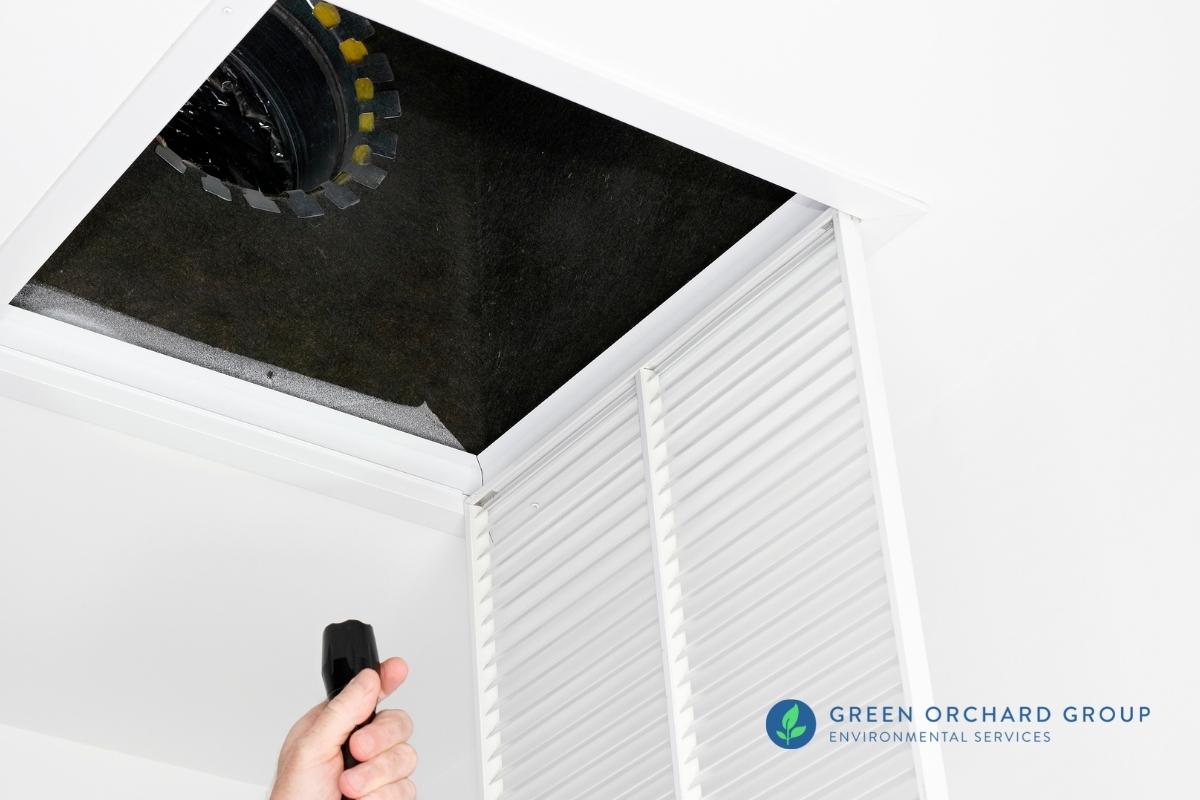Specialist Tips for Message Mold Remediation Success
In the world of mold and mildew removal, efficiently getting rid of mold and mildew is just half the battle; the real difficulty lies in preventing its reappearance. By adhering to experienced tips and best methods, individuals can guard their areas against mold resurgence and keep a healthy and balanced indoor environment.
Display Moisture Levels On A Regular Basis
After completing mold and mildew remediation treatments, maintaining optimal humidity degrees is important to protect against mold re-growth and make sure a healthy indoor atmosphere. High moisture levels over 60% develop a conducive atmosphere for mold and mildew to flourish, making routine checking an aggressive step to stop any kind of future mold problems.
Using hygrometers or dampness meters can assist in precisely gauging moisture levels in different areas of the residential or commercial property. These tools provide real-time information that makes it possible for removal professionals to make educated decisions relating to air flow, dehumidification, and various other necessary actions to maintain optimal humidity levels post-remediation. Additionally, establishing a regular timetable for moisture checks, especially in high-risk areas such as cooking areas, cellars, and washrooms, is a positive approach to mold and mildew avoidance. By constantly monitoring moisture levels, residential or commercial property owners can efficiently reduce the threat of mold and mildew reoccurrence and maintain a healthy and balanced interior atmosphere post-remediation.
Conduct Thorough Inspections Post-Remediation
Adhering to the completion of mold and mildew removal procedures, it is important to perform extensive inspections to validate the effectiveness of the removal process. These post-remediation examinations are important in guaranteeing that the mold and mildew concern has actually been effectively addressed which there is no reappearance or remaining mold development. Evaluations must be accomplished by certified experts that have competence in recognizing mold and examining interior air top quality.
During these evaluations, different approaches such as aesthetic analyses, air tasting, and surface sampling might be employed to thoroughly assess the remediated areas. Visual evaluations include a thorough inspection of the premises to check for any visible signs of mold growth or water damage. Air tasting aids in determining the airborne mold and mildew spore degrees, while surface area tasting can identify mold and mildew bits on surfaces.
Implement Appropriate Ventilation Techniques
After guaranteeing the effectiveness of the mold remediation procedure with thorough inspections, the following important step is to concentrate on applying correct air flow strategies. Ample air flow is vital in stopping mold reoccurrence by controlling dampness levels and promoting air flow. To achieve this, it is advised to use exhaust fans in areas vulnerable to high humidity, such as shower rooms and cooking areas. Furthermore, opening up doors and home windows when climate permits can help enhance air movement and minimize moisture accumulation. Air dehumidifiers and purifiers are likewise important tools in keeping optimal indoor air top quality.
Appropriate ventilation not only aids in stopping mold and mildew growth however likewise contributes to the overall health and comfort of passengers. By making sure appropriate air flow throughout the property, More Info you can reduce the threat of mold and mildew regrowth and produce a much healthier living setting.

Usage Mold-Resistant Materials for Repair Works
To improve the long-lasting effectiveness of mold and mildew removal initiatives, integrating mold-resistant materials for fixings is crucial in mitigating the threat of future mold development. Mold-resistant materials are developed to withstand dampness and inhibit mold and mildew development, making them an important selection for areas prone to dampness and moisture. When repairing locations impacted by mold, making use of materials such as mold-resistant drywall, mold-resistant paints, and mold-resistant caulking can assist avoid mold reoccurrence.
Mold-resistant drywall is an excellent choice to standard drywall in locations like cellars and shower rooms where dampness degrees are greater. When subjected to damp problems, this kind of drywall has a special finish that resists mold growth also. In addition, making use of mold-resistant paints having antimicrobial agents can additionally hinder mold and mildew advancement on ceilings and walls.
In areas where moisture prevails, such as bathroom and kitchens, making use of mold-resistant caulking around home windows, bathtubs, and sinks can assist seal out water and prevent mold and mildew from holding in fractures and gaps. By purchasing these mold-resistant products throughout repair services post-remediation, you can substantially lower the likelihood of future mold and mildew problems and maintain a healthier indoor setting.
Maintain Tidiness and Address Water Issues
After mold and mildew removal, it is essential to keep a tidy environment to stop the regrowth of mold and mildew. Leakages, water breach, or high humidity levels can produce the best breeding ground for mold and mildew, so it is vital to deal with any kind of water-related troubles instantly.
To preserve tidiness, consider making use of HEPA filters in their website vacuum cleaners and air purifiers to trap mold and mildew spores and avoid their blood circulation airborne. Ensuring appropriate air flow in locations susceptible to moisture accumulation, such as cooking areas and shower rooms, can aid maintain moisture degrees in check. By staying alert regarding tidiness and attending to water problems quickly, you can effectively prevent mold reinfestation and keep a healthy and balanced interior atmosphere.
Conclusion

In the realm of mold and mildew removal, efficiently eradicating mold is just half the battle; the true difficulty exists in stopping its reappearance. After completing mold and mildew removal procedures, keeping optimal moisture degrees is important to prevent mold and mildew re-growth and make sure a healthy indoor setting. High moisture levels above 60% create a favorable atmosphere for mold to prosper, making regular keeping an eye on a proactive procedure to protect against any type of future mold and mildew issues.
To boost the lasting effectiveness of mold and mildew removal initiatives, including mold-resistant products for fixings is vital in mitigating the threat of future mold and mildew growth. After mold removal, it is essential to maintain a tidy setting to protect against the regrowth of mold and mildew.